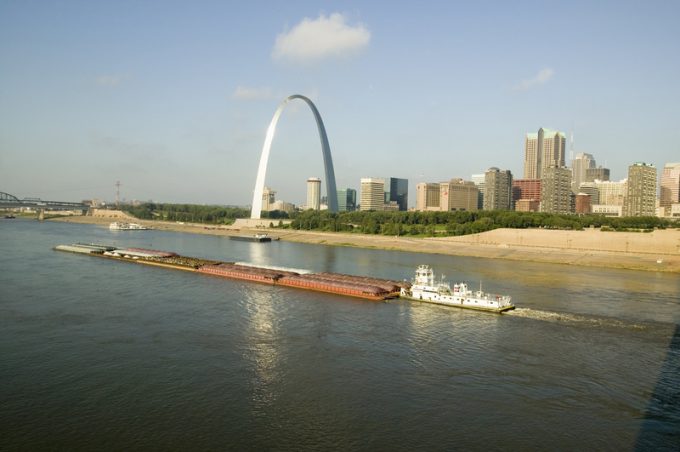Severe floods cause delay and disruption across central and east Europe
Severe flooding across central and eastern Europe is leading to transport delays, forwarders have warned. The ...

The current spell of seriously hot weather is threatening disruption on US inland waterways, and beyond.
Water levels on the Mississippi and Ohio rivers are falling at an alarming rate – near the city of Cairo, the level of the Ohio River dropped six feet in one week and experts predict a further decline of four feet before the end of the month.
On the Mississippi, the water is forecast to recede three feet in the St Louis area, and about six ...
Asia-USEC shippers to lose 42% capacity in a surge of blanked sailings
Why ROI is driving a shift to smart reefer containers
USTR fees will lead to 'complete destabilisation' of container shipping alliances
New USTR port fees threaten shipping and global supply chains, says Cosco
Outlook for container shipping 'more uncertain now than at the onset of Covid'
Transpac container service closures mount
DHL Express suspends non-de minimis B2C parcels to US consumers

Comment on this article